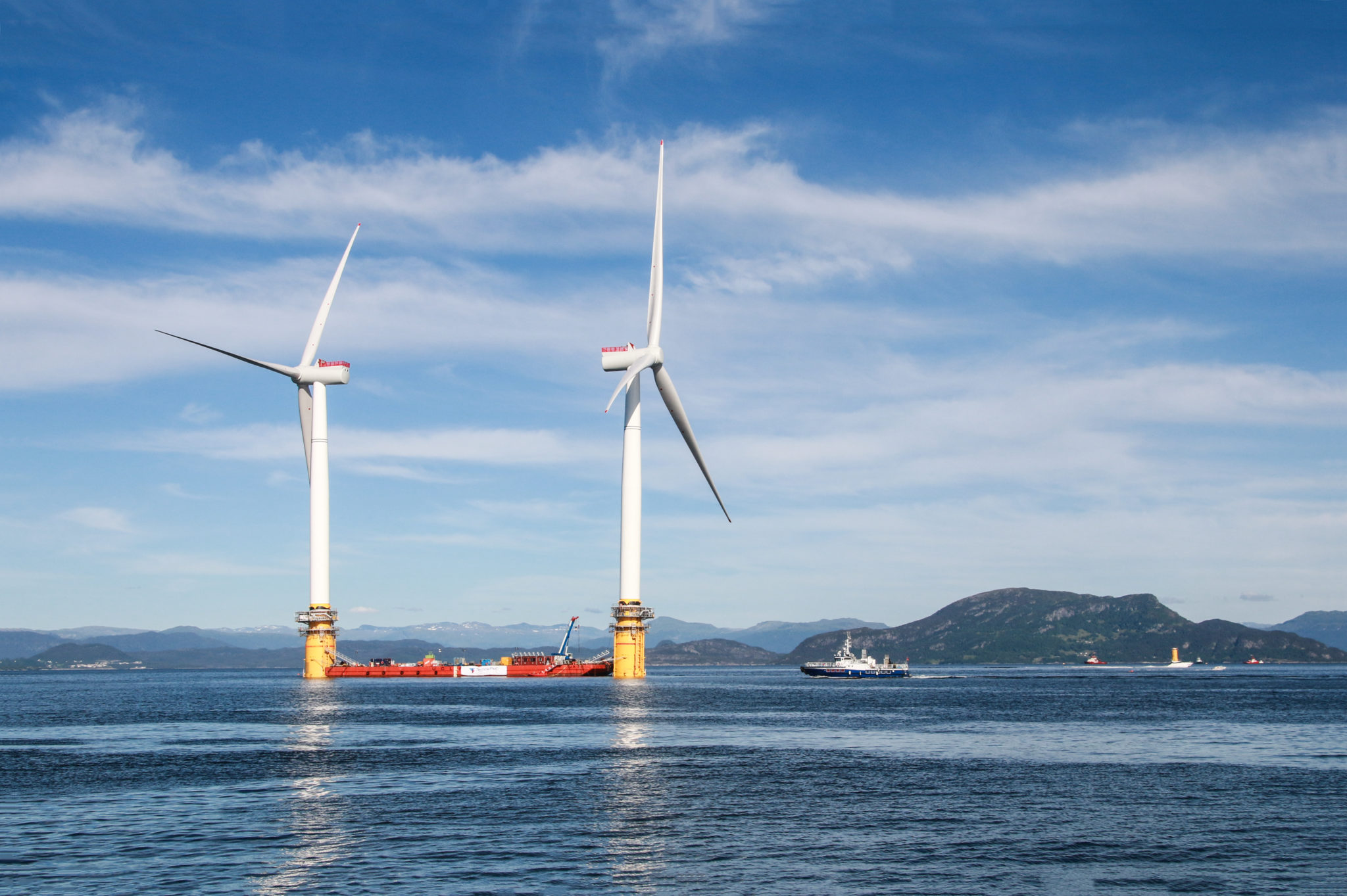Wind power boom is fanning high-stakes international patent activity
Published on 17th September 2021
The ancient form of power generation is now the world's number two source of renewable electricity, and its high profile in the energy mix has come with a rise in global patent disputes

People have used wind power for millennia to power their activities, in the form of sails and windmills. This pre-industrial source of energy has now gone high tech and is a key plank in decarbonising the planet's electricity generation.
The first known wind turbine to produce electricity dates back to 1887 in Scotland, but the idea received relatively little attention until the 1970s. At its heart, using wind to generate electricity is relatively simple: wind blows across a surface which turns a rotor, which then directly or indirectly via a series of gears spins a shaft connected to a generator. The generator utilises Faraday's discovery that moving a magnet inside a coil of wire induces an electric current in that wire, in much the same way that any source of kinetic energy can be converted into electrical energy.
But this simplicity belies many complexities covering all aspects of wind power to improve its efficiency, reliability and capacity amongst other features. To give just a few examples, this includes blade designs, novel materials, software modelling and gearbox optimisation, which can be seen in the number of inventions for which wind-power patents have been granted.
Clean-energy patent surge
In April 2021, the European Patent Office and International Energy Authority (IEA) released a joint report, "Patents and the Energy Transition" surveying global trends in low-carbon and clean-energy technology. The report identified patenting trends across a variety of low-carbon energy (LCE) technologies, using an international patent family (IPF) metric to measure patenting activity, each IPF covering a single invention, de-duplicating patents filed across different countries.
Wind energy generated the second-largest volume of patenting activities:17,000 IPFs between 2000 and 2019 (solar PV was first with 46,500 IPF over the same period). All the other supply technologies surveyed, which included alternative fuels, efficient combustion technologies and nuclear power, had far fewer IPFs. However, there was a trend across all supply technologies that after a long period of sustained growth in patenting from 2000 to the beginning of the 2010s there had been a marked fall-off between 2015 and 2019. This is likely because these technologies are now relatively mature and participants were finding it harder to come up with innovative patentable inventions in this market. Patenting activity for other LCE-enabling technologies (such as batteries, fuel cells, and carbon capture and storage) and end-use technologies (such as electric vehicles and in buildings, including efficient lighting, heating and air conditioning) continues to grow.
High-stakes disputes
A patent will typically protect an invention for up to 20 years. There is little surprise that, given the maturity of wind power technology and the increasingly amounts of investment and competition in this sector, there have been a number of high-stakes patent disputes in the UK and other countries over recent years.
As far back as 2007, Wobben asserted several patents against the UK arm of Vestas Wind Energy Systems concerning aspects of a wind energy system. In the 2010s, Wobben sought to assert another patent, EP(UK) 0 847 496, this time against Siemens (there were also parallel proceedings in Germany and Spain concerning the equivalent patents in those countries). This patent concerned the operation of a pitch-controlled wind turbine and was directed to solving the sharp power gradients experienced when a wind park of turbines, with variable speed and pitch, shut down almost simultaneously as shutdown velocity was reached, followed by a simultaneous restart when the wind decreased. However, the UK Patents Court found that patent to be invalid (and not infringed in any event), a decision which was upheld by the Court of Appeal.
Electricity giants clash
Most recently, General Electric (GE) has also turned to the UK courts as part of a global dispute against Siemens Gamesa (Siemens); proceedings have also been brought at the US International Trade Commission and in Germany. These concern patent EP(UK) 1 590 567 and its foreign equivalents. The invention recognises the increasingly large contribution that wind turbines make to the national power grid, and the resultant need to ensure they supply power reliably.
To do this, wind turbine generators must conform to power-grid interconnection standards including a "low voltage ride through" requirement meaning they must remain connected and synchronised to the grid even when the voltage at the generator falls. The patent claims to have invented a way of allowing this when voltage fluctuations are greater than those permitted by existing methods. GE is seeking an injunction and damages from Siemens, which it claims infringed the patent. Siemens, in turn, has counterclaimed that the patent is invalid.
It has been reported that GE began this UK patent litigation in order to block construction starting on at least two major UK offshore projects with an estimated combined capex of almost US$8 billion, along with turbine supply contracts of an estimated further US$4.5 billion. The high-stakes show, if nothing else, that wind power has come a long way from its low-tech beginnings.
What next?
Globally, according to the IEA, wind power is already the second-highest generator of renewable electricity (after hydropower), with approximately 1,500 TWh of global generation capacity in 2020. Over the five-year period from 2019 to 2024, this contribution is forecast to increase faster than any power source, except for solar PV, to over 2,000 TWh by 2024.
Last year wind accounted for an average of 18% of electricity generation in the UK, and Boris Johnson has said he wants to make the country "the Saudi Arabia of wind". Offshore wind power, in particular, is central to the government's industrial strategy, with the UK already the world's largest producer. It accounts for more than 70% of the UK's anticipated growth in renewables from 2019 to 2024 and offshore wind capacity is planned to quadruple by 2030 – potentially enough to supply clean electricity to every home and support up to 60,000 jobs.
It seems likely that, as wind power plays an increasingly important role in decarbonising the UK's electricity supply and the already large sums at stake continue to increase, patent litigation in the sector will continue to intensify. Firms without a good understanding of their operational patent landscape would be well advised to map out these risks in good time before a deployment. Otherwise, unknown patents may well lurk below the surface, both onshore and offshore, ready to spring an expensive surprise.



